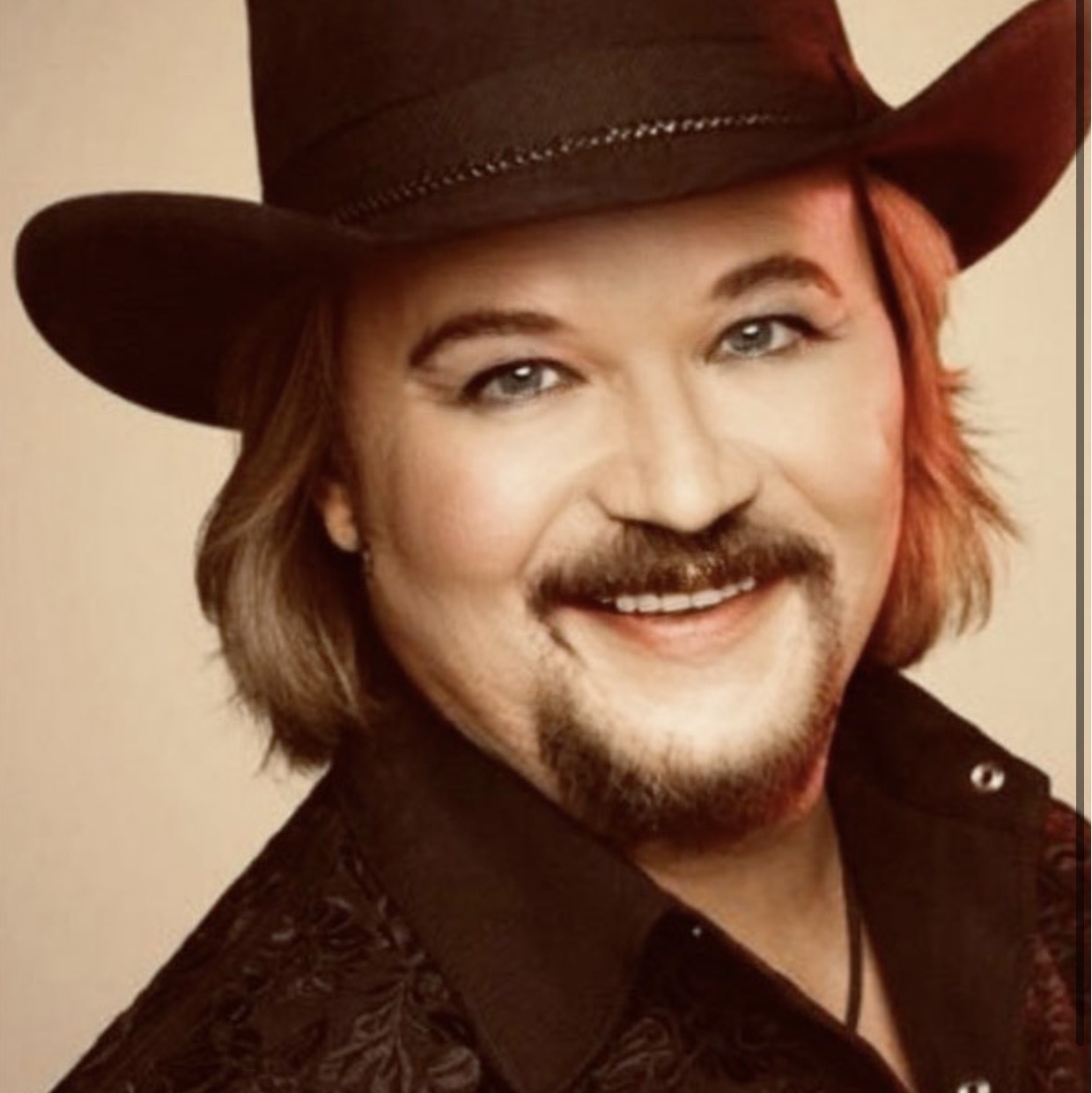Ridge Vineyards
Geyserville Sonoma County Zinfandel Blend
 Sonoma County, California, USA
Sonoma County, California, USA

Hedonistic with blackberry and violet perfume. This is just ripe with a fresh, tangy edge. So bright; such herbal nuance. Real finesse and verve. Impressive; drinking at peak.
Hedonistic with blackberry and violet perfume. This is just ripe with a fresh, tangy edge. So bright; such herbal nuance. Real finesse and verve. Impressive; drinking at peak.
Sep 14th, 2022
The first European grapes were planted in what is now the U.S. in the 1600s, where Spanish missionaries in New Mexico needed sacramental wine. But Phylloxera was ever-present near the eastern population centers, so the earliest American wine industries were built on hybrid grapes. Cincinnati's sparkling Catawba was America's first cult wine, followed by cultivars like Norton, Isabella, and Concord in Missouri and Virginia. The sleeping giant began to awaken in the 1850s, when Agoston Haraszthy began importing high-quality vine material to California.
It all came crashing down with Prohibition in 1920. Not only were vineyards ripped up and knowledge lost, but the American palate became soft and sweet. Low-quality fortified wine from whatever grapes were available became the standard of the American wine industry.
Things began to shift in the 1960s. Robert Mondavi brought dry table wine, varietally labeled, back to the forefront. Boutique producers like Ridge began to creep toward European quality standards. The 1976 Judgement of Paris blind tasting, a sweeping victory for the Americans, proved that the New World wine was here to stay.
(This is adapted from notes for Le Dû's Wines 'History of Wine 1453AD-Present' seminar, where this wine was poured)
The first European grapes were planted in what is now the U.S. in the 1600s, where Spanish missionaries in New Mexico needed sacramental wine. But Phylloxera was ever-present near the eastern population centers, so the earliest American wine industries were built on hybrid grapes. Cincinnati's sparkling Catawba was America's first cult wine, followed by cultivars like Norton, Isabella, and Concord in Missouri and Virginia. The sleeping giant began to awaken in the 1850s, when Agoston Haraszthy began importing high-quality vine material to California.
It all came crashing down with Prohibition in 1920. Not only were vineyards ripped up and knowledge lost, but the American palate became soft and sweet. Low-quality fortified wine from whatever grapes were available became the standard of the American wine industry.
Things began to shift in the 1960s. Robert Mondavi brought dry table wine, varietally labeled, back to the forefront. Boutique producers like Ridge began to creep toward European quality standards. The 1976 Judgement of Paris blind tasting, a sweeping victory for the Americans, proved that the New World wine was here to stay.
(This is adapted from notes for Le Dû's Wines 'History of Wine 1453AD-Present' seminar, where this wine was poured)

A delicious Geyserville in its youth! The fruit is beautifully balanced and utterly fresh; almost crunchy. But make no mistake, there is a lot going on here and time, as usual, will unlock more of the story here. This would be a really fun wine to watch evolve over the next 10-15 years, maybe longer.
A delicious Geyserville in its youth! The fruit is beautifully balanced and utterly fresh; almost crunchy. But make no mistake, there is a lot going on here and time, as usual, will unlock more of the story here. This would be a really fun wine to watch evolve over the next 10-15 years, maybe longer.
May 12th, 2019
18% caignane. Supple. Higher toned fruit. Very complex. Gorgeous.
18% caignane. Supple. Higher toned fruit. Very complex. Gorgeous.
Apr 5th, 2019
One of my unabashed favorites, and it always delivers. So earthy and potent.
One of my unabashed favorites, and it always delivers. So earthy and potent.
2 people found it helpfulMay 24th, 2020Always one of my favorite Ridge blends. You can always count on Geyserville to deliver a superior experience.
Always one of my favorite Ridge blends. You can always count on Geyserville to deliver a superior experience.
1 person found it helpfulApr 26th, 2021One of the best zinfindel’s, dry, full bodied and a great nose, thoroughly enjoyed the complex notes in this one. 2017 is a good year right now. Aged nicely, but would love to have a few more to see how well they do in the next year or so
One of the best zinfindel’s, dry, full bodied and a great nose, thoroughly enjoyed the complex notes in this one. 2017 is a good year right now. Aged nicely, but would love to have a few more to see how well they do in the next year or so
Aug 26th, 2025HawaiiのWolf Gang Steakhouse にて、3世代ディナー。ジンファンデルの果実味とタンニンの苦さのバランスが絶妙。ステーキとの相性は抜群。
HawaiiのWolf Gang Steakhouse にて、3世代ディナー。ジンファンデルの果実味とタンニンの苦さのバランスが絶妙。ステーキとの相性は抜群。
Oct 20th, 2024Opened too young? Seemed in a closed phase. Didn’t pick up any high notes.
Opened too young? Seemed in a closed phase. Didn’t pick up any high notes.
Oct 30th, 2022




